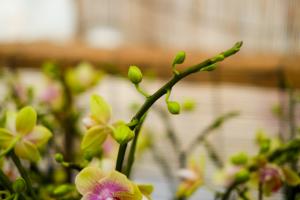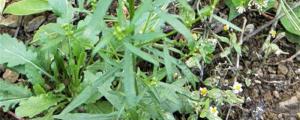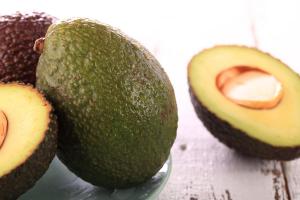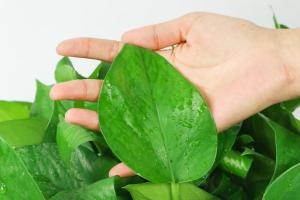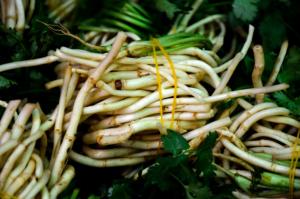Do Cicadas Harm Trees and Plants?
Cicadas are insects that belong to the family Cicadidae, and they are best known for their loud and distinctive songs. These insects emerge from the ground once every 13 or 17 years, depending on the species, to mate and lay eggs. Cicadas are not harmful to humans, but some people wonder if they can harm trees and plants.
The Life Cycle of Cicadas
To understand how cicadas can potentially harm trees and plants, it's important to know their life cycle. Cicadas spend the majority of their lives underground as nymphs, which feed on the sap from tree roots. Once they are mature, cicadas will emerge from the ground, shed their skins, and begin their adult stage.
During the adult stage, cicadas mate and the females lay their eggs in tree branches. The eggs hatch into small nymphs, which drop to the ground and burrow into the soil. These nymphs will stay underground for the next 13 or 17 years until it's time for them to emerge again as adults.
Do Cicadas Harm Trees and Plants During Their Adult Stage?
While cicadas do feed on the sap from trees and plants during their nymph stage, they do not cause any significant harm. However, during their adult stage, cicadas can cause some damage to trees and plants.
Cicadas can damage trees and plants by laying their eggs in the branches. The females use their ovipositors to cut slits in the bark where they can lay their eggs. This can weaken the branches and make them more susceptible to breaking in strong winds or during storms. In addition, the egg-laying process can cause some damage to the bark, making the tree more vulnerable to pests and diseases.
In some cases, cicadas can also cause damage to trees and plants by feeding on their leaves, twigs, and branches. This can cause stunted growth and defoliation, which can weaken the tree or plant over time. However, this type of damage is usually only seen in years where cicada populations are very high.
How to Protect Trees and Plants During a Cicada Infestation
If you have trees and plants that you are concerned about during a cicada infestation, there are some things you can do to protect them. Here are some tips:
Wrap tree trunks with netting to prevent cicadas from laying their eggs in the branches.
Water trees and plants regularly to help them withstand cicada damage.
Use insecticides or repellents to deter cicadas from feeding on your trees and plants.
Remove any dead, damaged, or weak branches from your trees and plants to help prevent them from breaking.
If you are planting new trees or plants, wait until after the cicada season is over to avoid any potential damage.
Conclusion
Cicadas can potentially harm trees and plants during their adult stage by laying their eggs in the branches and feeding on the leaves, twigs, and branches. However, the damage is generally limited and only occurs during years with high cicada populations. If you are concerned about protecting your trees and plants during a cicada infestation, there are several steps you can take to minimize the potential damage.

 how many times do yo...
how many times do yo... how many planted tre...
how many planted tre... how many pine trees ...
how many pine trees ... how many pecan trees...
how many pecan trees... how many plants comp...
how many plants comp... how many plants can ...
how many plants can ... how many plants and ...
how many plants and ... how many pepper plan...
how many pepper plan...